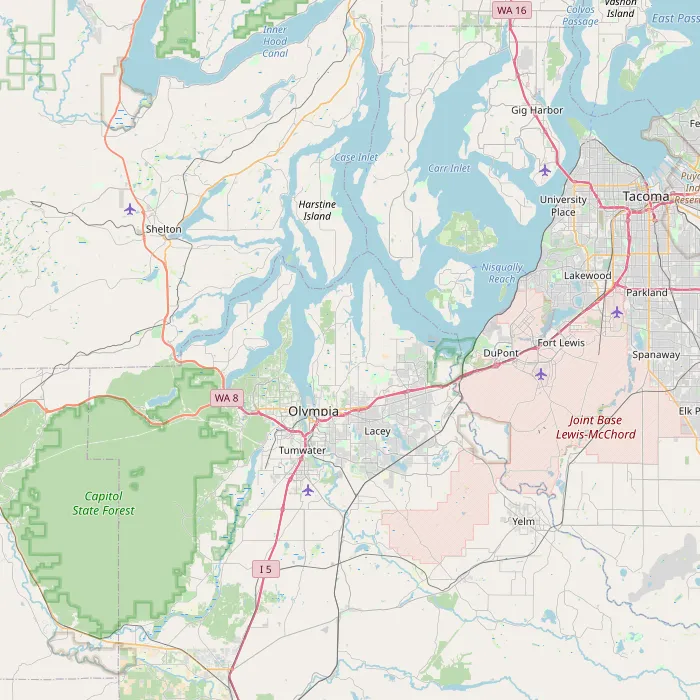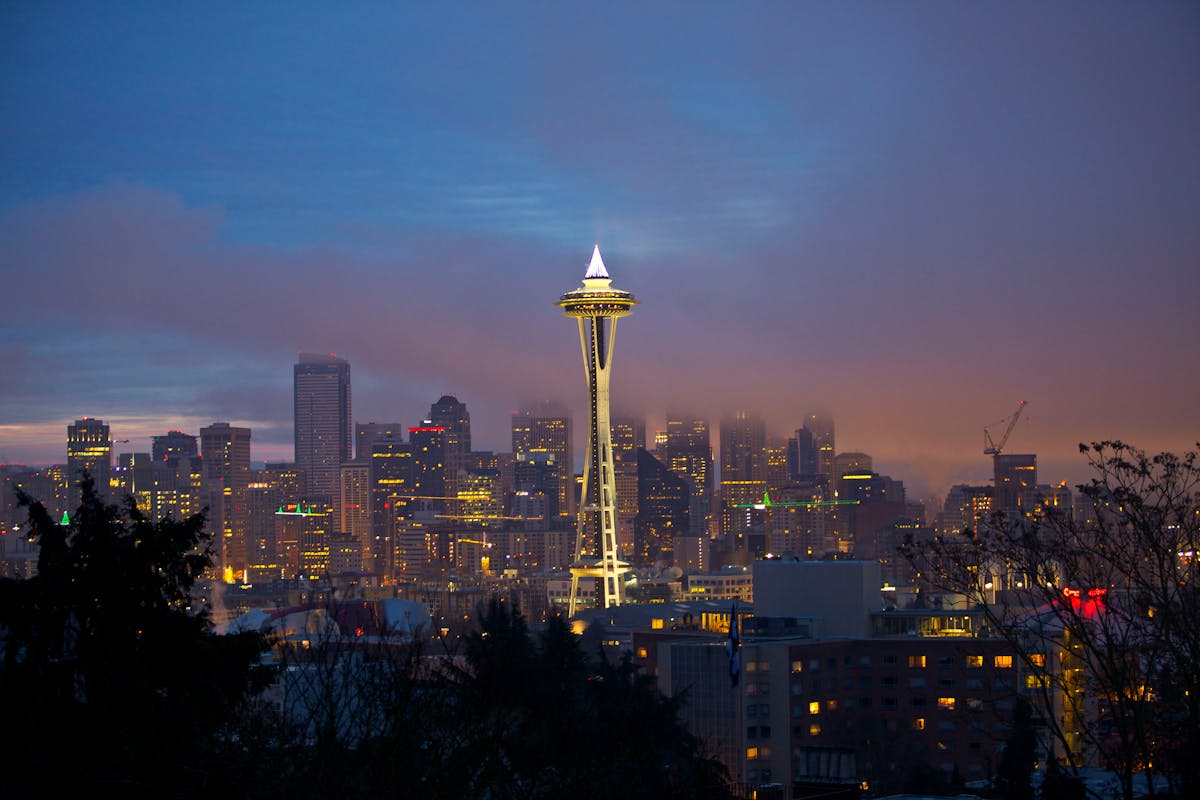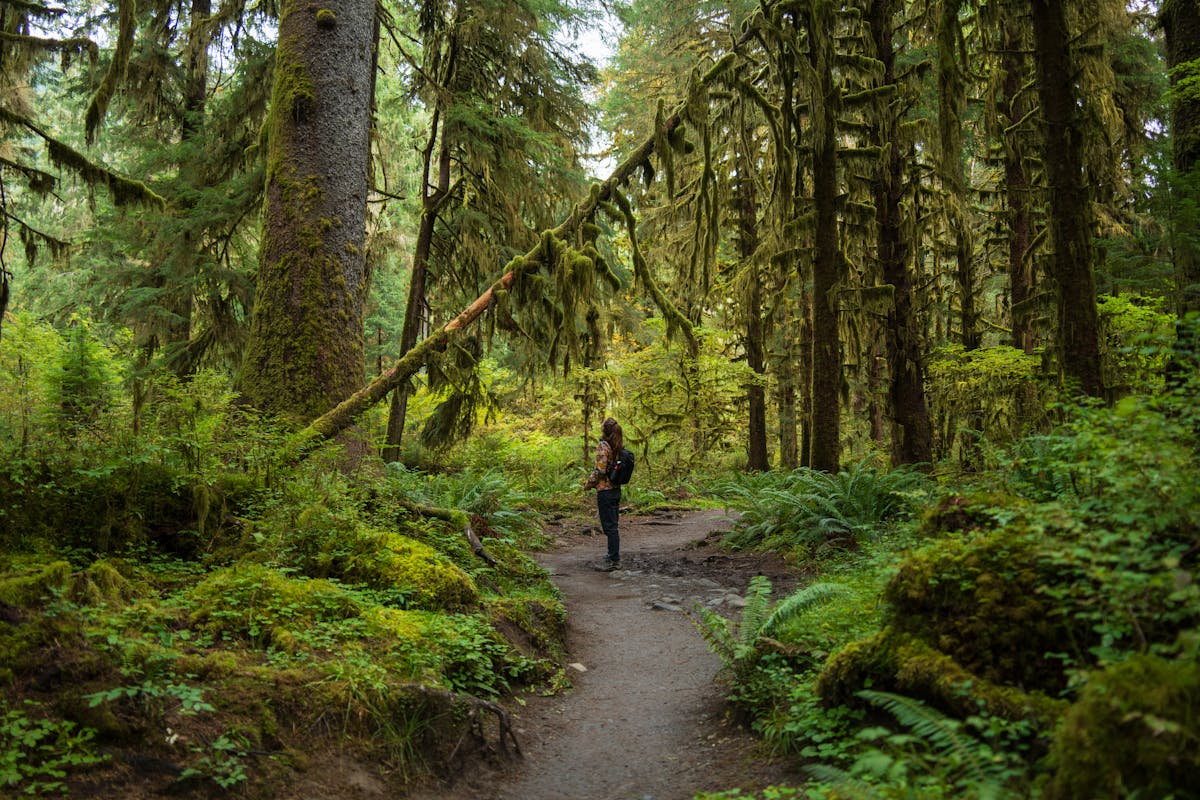Welcome to Olympia, Washington, a city nestled in the heart of the Pacific Northwest, where nature’s rhythm dictates the pace of life and travel experiences. As your guide to the fascinating intersection of climate, culture, and exploration, I’m here to delve into what makes the Climate Olympia Wa so distinctive and how it shapes everything from the lush landscapes to the local lifestyle. Understanding the weather patterns here is key to unlocking the best travel adventures.
Olympia’s climate is often described as mild and wet, a classic hallmark of the Puget Sound region. This unique blend of conditions fosters vibrant ecosystems and influences the local culture in profound ways. Whether you’re planning a visit for its thriving arts scene, its proximity to stunning natural beauty, or its rich history, knowing what to expect from the Climate Olympia Wa will enhance your journey.
The seasonal variations, while less extreme than in many other parts of the United States, are significant enough to define different types of experiences. From the abundant rain of winter that feeds the forests and waterfalls to the glorious, dry sunshine of summer that invites outdoor exploration, each season in Olympia offers a unique perspective. Let’s break down what the weather typically looks like throughout the year and how you can best enjoy your time here, regardless of the season.
Understanding the local weather is more than just packing the right gear; it’s about appreciating the natural forces that have shaped this city and its surroundings. The consistent rainfall has contributed to the lush, green environment that is so characteristic of western Washington. This verdant landscape, in turn, impacts everything from the types of recreation available to the local agriculture and even the architecture.
Exploring the Unique Climate of Olympia, WA – A Traveler’s Guide
Navigating the Climate Olympia Wa also means recognizing its variability. While general patterns exist, the Pacific Northwest is known for its microclimates and sudden shifts. Being prepared for changeable conditions is part of the adventure of exploring this beautiful corner of the world. It encourages flexibility and a deeper connection with the natural environment.
The analysis of the Climate Olympia Wa is based on detailed historical data, providing a reliable picture of average conditions. This data helps travelers anticipate typical temperatures, precipitation levels, and even wind patterns, allowing for better planning of activities like hiking, kayaking, or simply strolling through the city’s charming downtown.
 Map showing weather station locations contributing to the Climate Olympia Wa data
Map showing weather station locations contributing to the Climate Olympia Wa data
The typical pattern sees mild, wet winters followed by relatively dry, warm summers. Spring and fall serve as transitional periods, often bringing a mix of sunshine and rain. This rhythm influences everything from the blooming cycles of local flora to the timing of outdoor festivals and agricultural harvests around Olympia.
Planning Your travel to las vegas nevada
Plan Your Perfect Mackinac Island Vacation – Your Essential Guide
Exploring Cities In Las Vegas – Uncovering Nearby Wonders 2025
For instance, the rainy season, typically from October through May, is the perfect time to explore indoor attractions like museums, galleries, and cozy cafes. The Climate Olympia Wa during these months encourages a slower pace, ideal for savoring local cuisine or diving into the city’s history at the State Capitol Museum.
As spring arrives, the landscape bursts into life. The improving Climate Olympia Wa in March and April allows for beautiful walks in parks like Capitol Lake Park or along the waterfront, witnessing the return of migratory birds and the emergence of vibrant flowers.

Summer in Olympia is a true delight. The Climate Olympia Wa shifts dramatically, offering warm temperatures, low humidity, and abundant sunshine from June through September. This is prime time for outdoor adventures – think kayaking on Puget Sound, hiking in the nearby Olympic National Park foothills, or visiting local farmers’ markets.
Fall brings a return to cooler, wetter conditions, but also stunning displays of autumn foliage. The crisp air and changing colors make for picturesque drives or walks before the full onset of the winter rain. Understanding the nuances of the Climate Olympia Wa allows you to appreciate the subtle shifts and unique beauty of each season.
Precipitation is a defining feature of the Climate Olympia Wa. While it rains frequently, the intensity is often light to moderate rather than heavy downpours. This constant moisture supports the region’s iconic evergreen forests and keeps the landscape vividly green year-round. Travelers should always pack layers and rain gear, even in the warmer months, as Pacific Northwest weather can be unpredictable.
Wind patterns in Olympia are generally mild, though coastal influences can sometimes bring breezy conditions, particularly near the water. This is something to consider if planning water-based activities like sailing or paddleboarding. The overall moderate wind speed contributes to a pleasant environment for walking and exploring outdoors.
Sunlight hours vary significantly throughout the year, as expected at this latitude. Winter days are short and often cloudy, while summer days are long and bright. This fluctuation impacts energy levels and moods, and locals have learned to embrace both the cozy introspection of the darker months and the vibrant activity of the sunnier ones, thanks to the varying Climate Olympia Wa.
For travelers, this means adjusting expectations and planning activities accordingly. Summer offers maximum daylight for extensive exploration, while winter is perfect for experiencing the local hygge – the Danish concept of coziness and comfort – perhaps by visiting a local brewery or cidery on a rainy afternoon.
The detailed climate analysis, which considers factors like temperature, dew point, precipitation, wind, and solar flux, provides a robust foundation for understanding the typical weather patterns. By examining historical data corrected for elevation and regional variations, experts can reconstruct the hourly history of weather, offering valuable insights into the Climate Olympia Wa.
While models and historical data are incredibly useful, it’s important to remember that weather is inherently variable. The information about the Climate Olympia Wa provides a reliable average picture, but day-to-day conditions can always differ. Checking local forecasts closer to your travel dates is always recommended.
The methodologies used in climate analysis, such as incorporating data from multiple weather stations and correcting for elevation differences, highlight the scientific approach to understanding complex weather systems. This technical background underpins the practical advice and seasonal insights that are so valuable for travelers exploring the Climate Olympia Wa.
\\
Data sources from reputable organizations like NASA and the Food and Agriculture Organization of the United Nations contribute to the accuracy of climate reconstructions. Understanding where this data comes from adds a layer of credibility to the information provided about the Climate Olympia Wa.
However, it’s also important to note the inherent limitations of climate models and historical data. They provide averages and trends but cannot predict specific weather events. Local microclimates, especially near the coast or in hilly areas, might also experience slightly different conditions than the general forecast for the city, which is part of the charm and complexity of the Climate Olympia Wa.

Traveling to Olympia offers a chance to experience a climate that fosters incredible natural beauty and a distinct way of life. It’s a place where the rain is often seen not as an inconvenience, but as a vital part of the landscape’s identity. Embracing the weather, whatever it may be, is key to fully appreciating this charming Pacific Northwest city and its surrounds.
From the vibrant hues of autumn leaves softened by a gentle rain to the sharp, clear light of a sunny summer afternoon on Puget Sound, the Climate Olympia Wa provides a dynamic backdrop for all your travel experiences. It encourages you to connect with nature, adapt to its rhythms, and discover the resilience and beauty of this unique environment. So pack your bags, check the forecast, and get ready to explore Olympia!
Frequently Asked Questions About the Climate in Olympia, WA
What are the best months to visit Olympia, WA based on climate?
The best months for warm, dry weather and outdoor activities are generally July, August, and September. However, if you enjoy lush green landscapes and don’t mind rain, visiting from October to May offers a different, equally beautiful experience.
How much rain does Olympia typically get?
Olympia receives a significant amount of precipitation annually, characteristic of the Pacific Northwest. The wettest months are usually from November to January.
Does it snow in Olympia, WA?
Snowfall in Olympia is infrequent and usually light, especially compared to areas east of the Cascade Mountains. When it does snow, it often melts quickly. Significant snow events are rare but can happen.
What should I pack for a trip to Olympia, WA?
Regardless of the season, layers are essential. Always pack a waterproof jacket and comfortable walking shoes that can handle wet conditions. During summer, add lighter clothing and sun protection. For fall and winter, include warmer layers.
How does the climate in Olympia, WA compare to Seattle?
Olympia’s climate is quite similar to Seattle’s, being part of the same Puget Sound region. Both experience mild, wet winters and dry, warm summers. Olympia is slightly further inland than downtown Seattle but close to the coast, offering comparable weather patterns.
Is the weather in Olympia predictable?
While general seasonal patterns are reliable, daily weather in the Pacific Northwest can be changeable. It’s wise to check the local forecast shortly before and during your visit.
